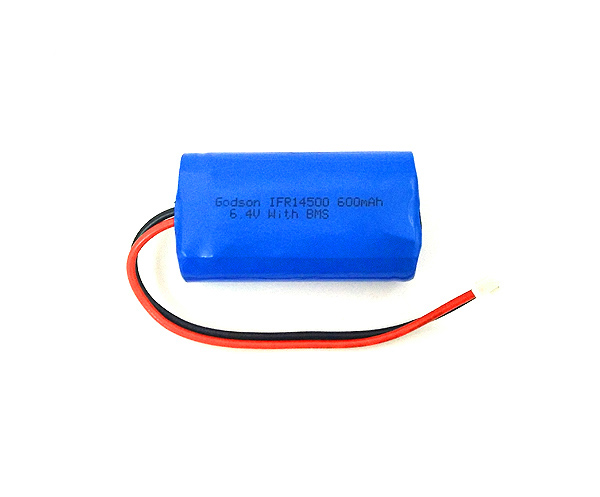Choosing the Right LiFePo4 Battery Pack for Your Energy Storage Needs
In the realm of energy storage, LiFePo4 (Lithium Iron Phosphate) battery packs have gained remarkable prominence due to their exceptional performance, longevity, and safety. Whether you're considering integrating them into your renewable energy system, electric vehicle, or even as a backup power source, making the right choice is pivotal. The selection of a LiFePo4 battery pack can significantly impact the efficiency and reliability of your energy storage solution. In this comprehensive guide, we will delve into the essential factors to consider when choosing the perfect LiFePo4 battery pack for your specific needs.
Before delving into the key considerations for selecting a LiFePo4 battery pack, let's first gain a fundamental understanding of what LiFePo4 batteries are and what sets them apart from other lithium-ion batteries.
LiFePo4 batteries are a type of lithium-ion battery known for their stable chemical composition, which reduces the risk of thermal runaway and makes them exceptionally safe. They are favored for their extended cycle life, typically exceeding 2,000 cycles, which is significantly higher than other lithium-ion counterparts. Furthermore, LiFePo4 batteries have a high energy density, ensuring a longer-lasting power source for your applications.
Factors to Consider Choosing the Right LiFePo4 Battery Pack
1. Capacity
The capacity of a LiFePO4 Rechargeable Battery is one of the primary factors to consider. It determines the amount of energy the battery can store and subsequently release. Capacity is measured in ampere-hours (Ah) or watt-hours (Wh). To determine the appropriate capacity for your needs, you must calculate your energy consumption and decide on the desired backup duration or operational hours.
2. Voltage
LiFePo4 batteries typically have a nominal voltage of 3.2 volts per cell. Understanding the voltage requirements of your application is crucial. You might need to connect several cells in series to achieve the required voltage for your specific project. Always ensure that the battery voltage aligns with your system's voltage requirements.
3. Cycle Life
One of the standout features of LiFePo4 batteries is their impressive cycle life. While some batteries might degrade after a few hundred cycles, LiFePo4 batteries can endure well over 2,000 charge-discharge cycles. This exceptional cycle life makes them an ideal choice for long-term energy storage solutions.
4. Charging and Discharging Rate
Consider the rate at which your LiFePo4 battery pack can charge and discharge. Different applications may require rapid charging and discharging capabilities. Ensure that the chosen battery pack can meet your specific requirements without compromising its longevity.
5. Temperature Tolerance
LiFePo4 batteries exhibit excellent temperature tolerance, with a wide operating range. However, extreme temperatures can still impact their performance. Consider the environmental conditions of your application and choose a LiFePo4 battery pack that can function optimally within those parameters.
6. Size and Weight
The physical dimensions and weight of the battery pack can be crucial, especially in applications where space and weight constraints are a concern. Evaluate the available space for installation and transportation requirements when making your choice.
7. Safety
LiFePo4 batteries are renowned for their safety due to their stable chemistry and thermal stability. However, it's vital to choose a manufacturer with a reputation for quality and safety standards. Certifications such as UL, CE, and UN38.3 can help assure the reliability of your LiFePo4 battery pack.
8. Cost
While LiFePo4 batteries may come with a higher upfront cost compared to other battery types, they offer a lower total cost of ownership over their extended lifespan. Consider your budget and evaluate the long-term benefits when making your decision.
Selecting the right LiFePo4 battery pack for your energy storage needs is a pivotal decision that can significantly impact the performance and longevity of your system. Carefully assess the factors discussed in this guide, including capacity, voltage, cycle life, charging and discharging rate, temperature tolerance, size, weight, safety, and cost. By making an informed choice, you can ensure that your energy storage solution operates efficiently and reliably for years to come.
298
0
0


Comments
All Comments (0)